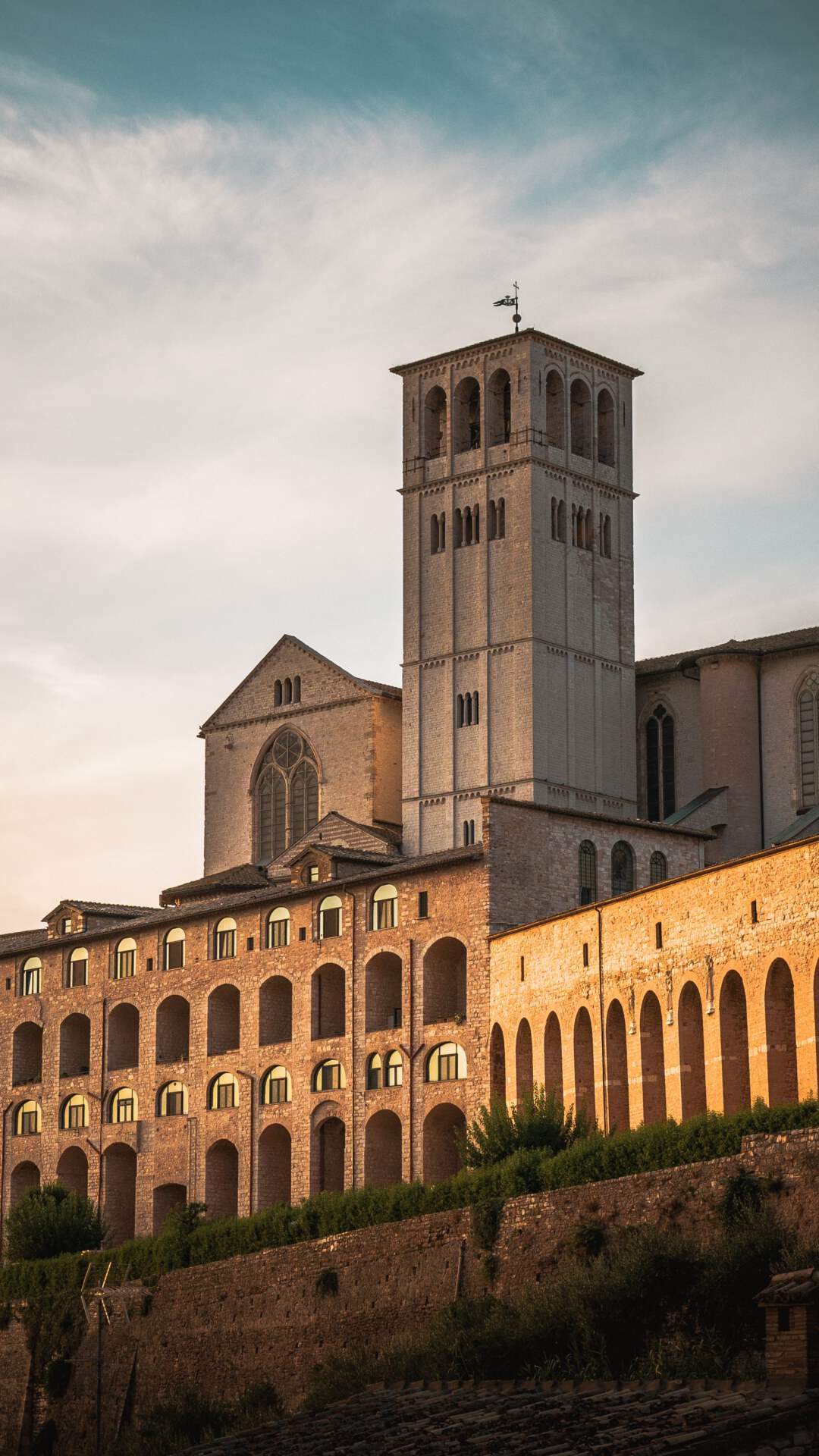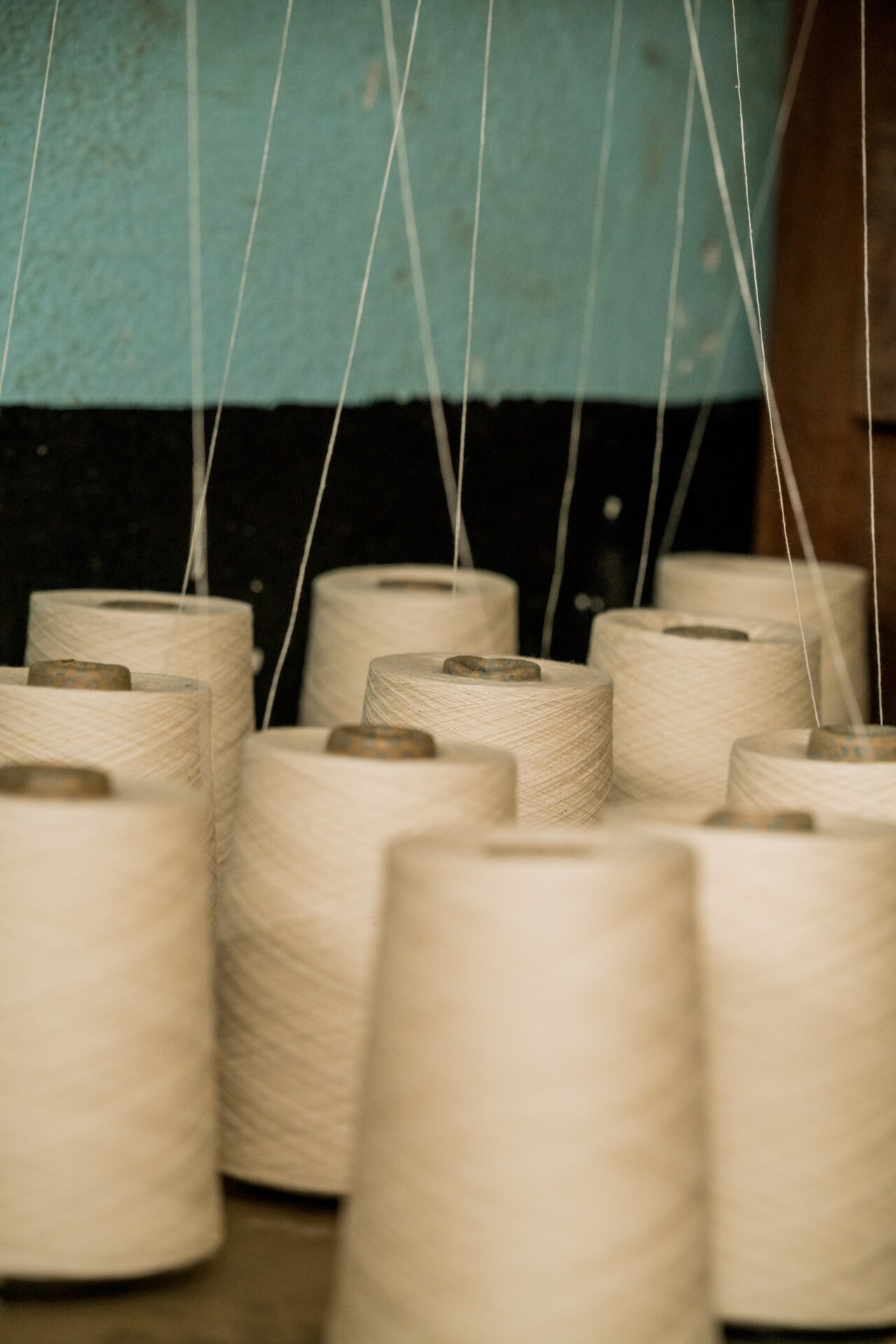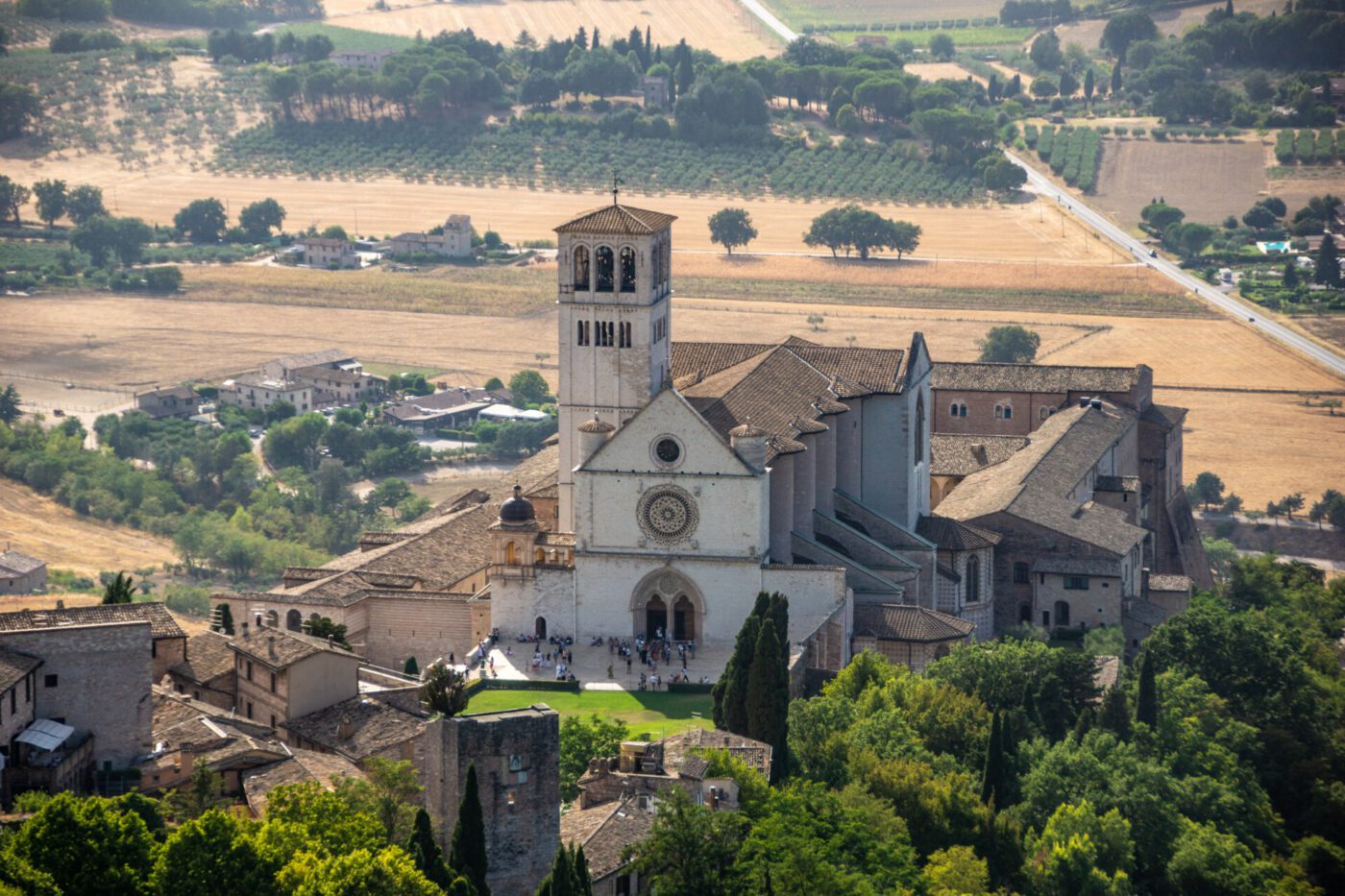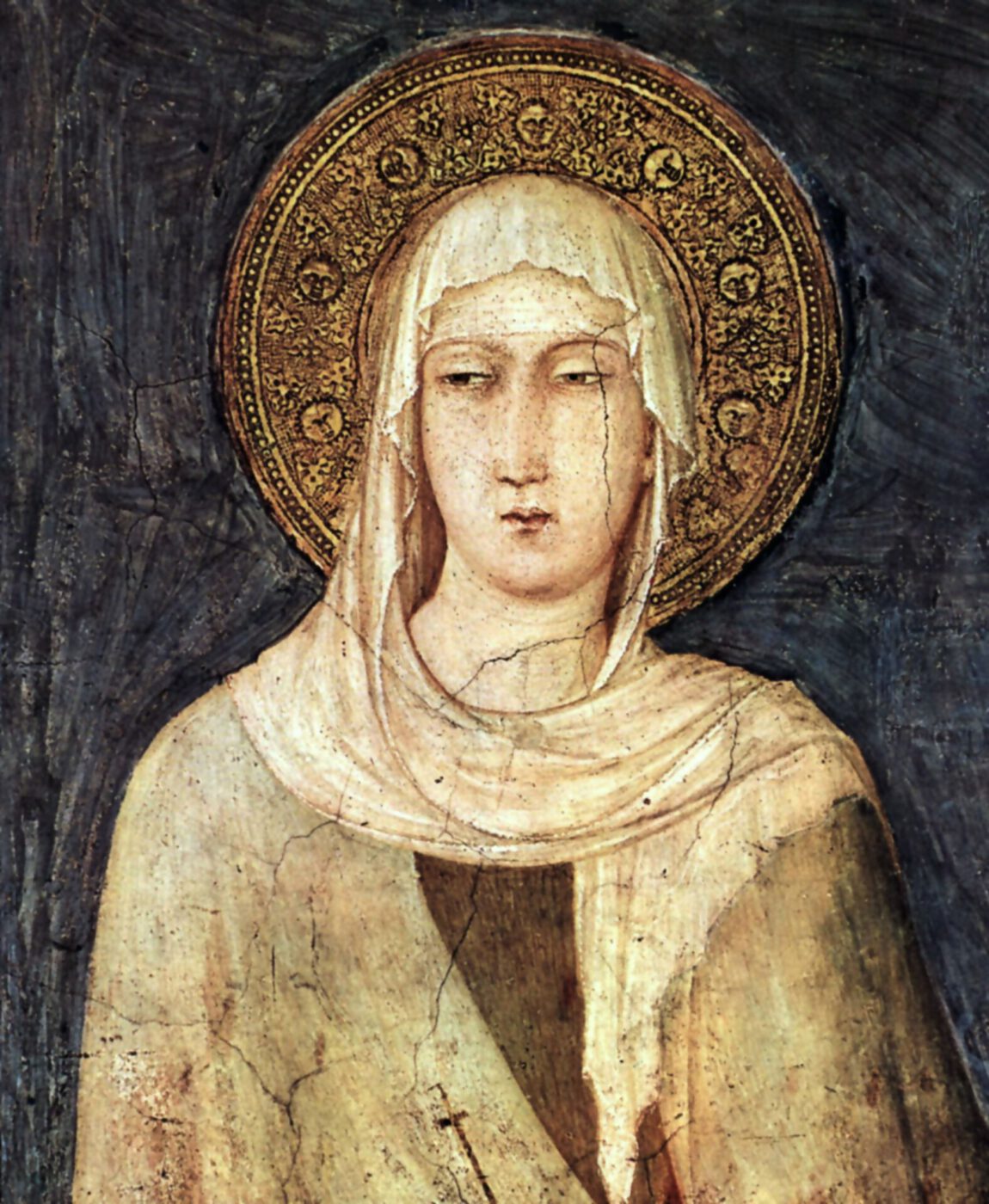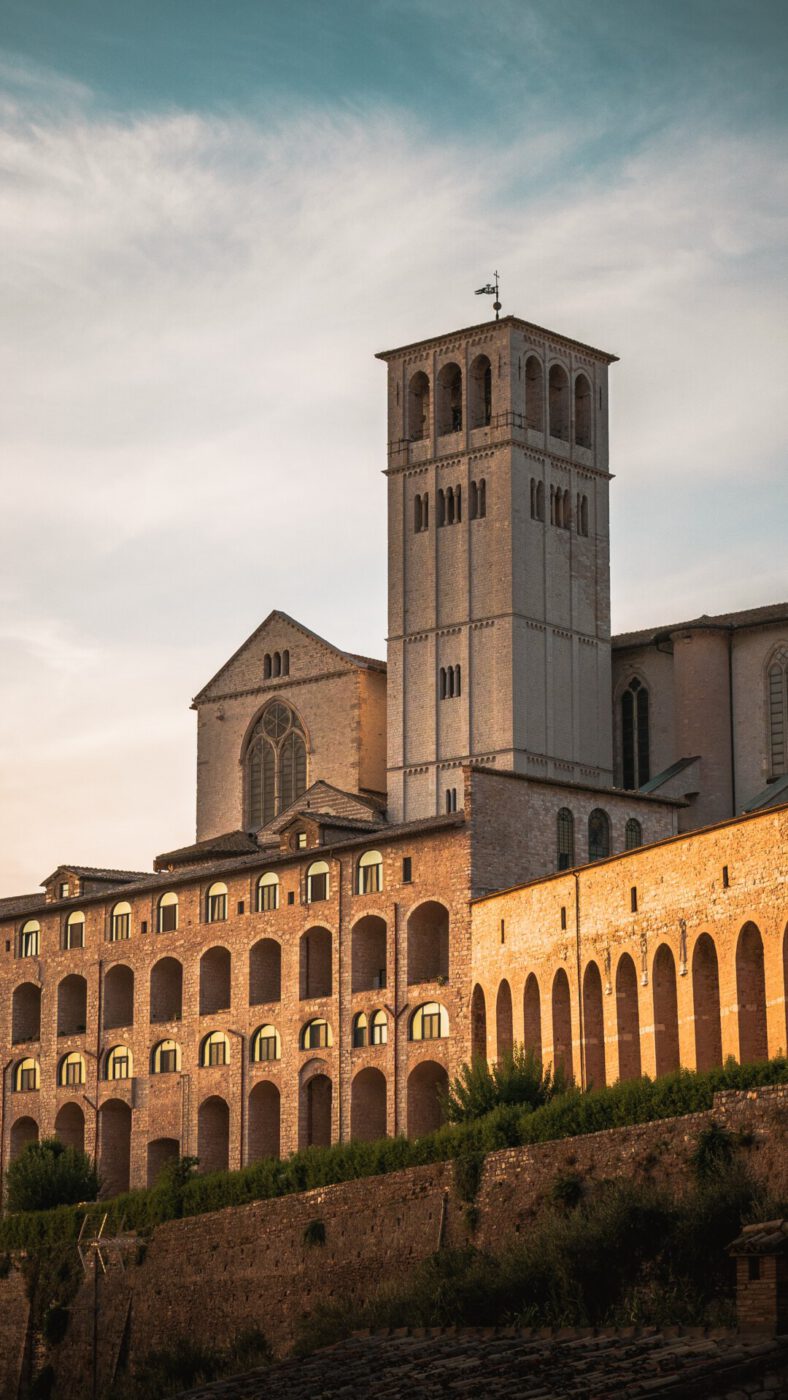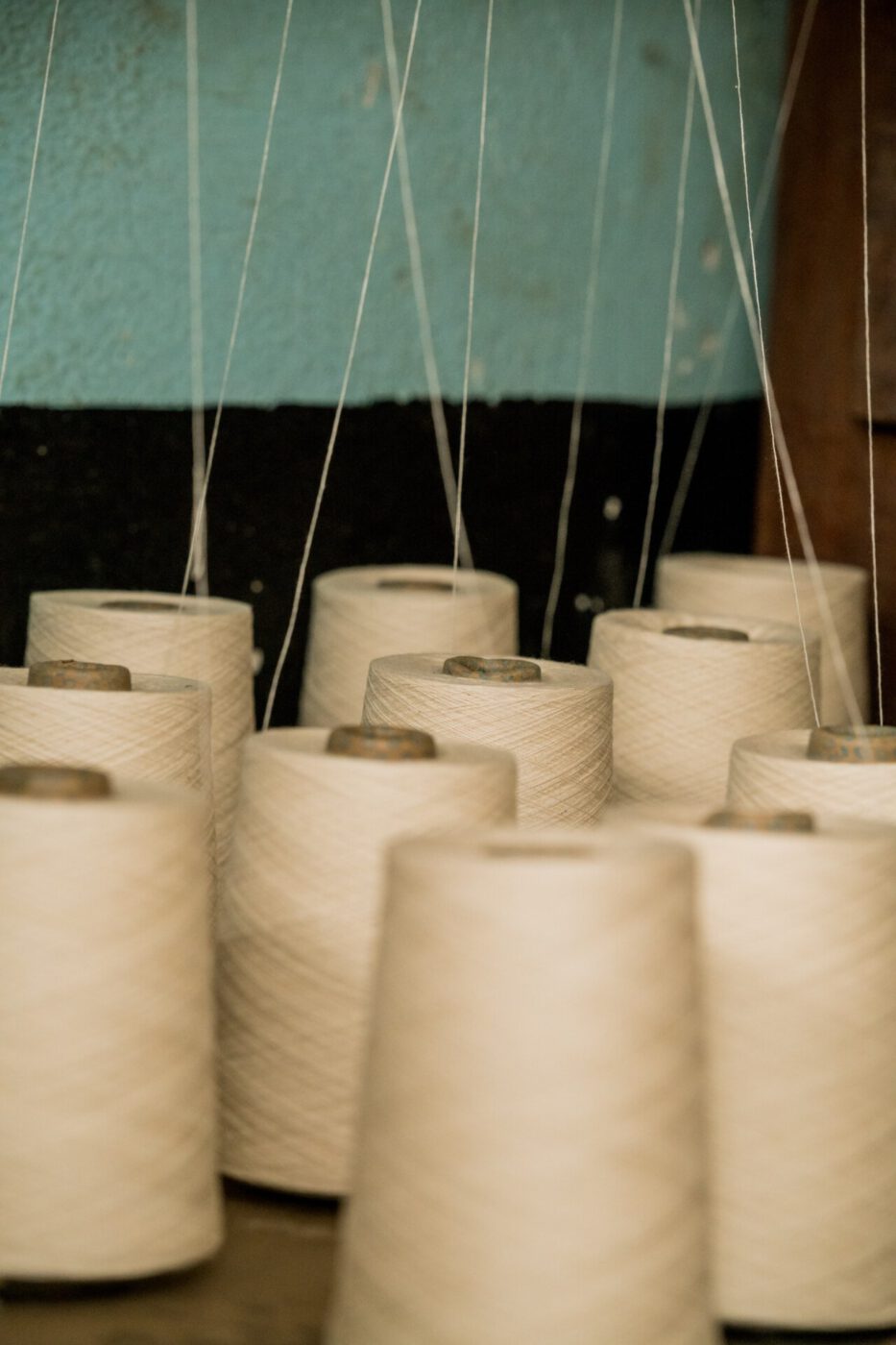Italy has never been afraid of maximalism. One of the country’s defining values is a love of everyday beauty–something that is seen not as an elitist pursuit, but rather a feeling that everyone is entitled to. Of course, there’s wildly ornate architecture, breathtaking frescos and hand-carved sculptures, but beyond this grandness, Italy has always prioritised small marks of beauty and extravagance that bring joy to the otherwise purely functional. Vividly hand-painted ceramics that brighten dinner tables. Distinctive, considered typography that sits above shop, cafe and bar doors. The hand-woven embroidery that elevates textiles, some to couture heights, others–like those which adorn napkins, pillow cases and table cloths–to make everyday moments a little more special. It’s this area of Italian craftsmanship that I am obsessed with–the quietly beautiful pieces that inject comfort and artistry into our daily lives.
I first became enamoured with Italian embroidery after spending too many hours at Sicilian flea markets. The quality of the linen and cottons, coupled with the intricate embroidery that required hours of toil, always felt like the perfect souvenir to bring home to London–easily packed in a suitcase and still appealing in a completely different setting. Different regions specialise in different techniques of embroidery, from Piedmont’s Bricco form and Venice’s delicate Burano lace to the flame stitch Bargello of Florence. One of the more niche variations is the ancient Assisi tradition, which originated in the Mediaeval period.
Set in the Umbrian hills, the town of Assisi is perched above rolling plains–a place that attracts both tourists and pilgrims, where holiday-makers walk alongside robed monks. St Francis, who was born here, is the main draw–a man who rejected mass consumerism and embraced simplicity long before any of us caught up with him. It’s a mystical place, full of narrow stone alleyways and arches, and more churches pro rata than the UK has pubs. It’s also home to a very specific form of craftsmanship that has–despite all odds–survived over the centuries. Often overshadowed by its more famous Venetian and Tuscan counterparts, Assisi cross-stitch embroidery is characterised by a coloured or filled background and a central motif that is left void; the design in the middle stands out not only because it isn’t coloured or stitched, but also because it’s outlined. Cream linens are the fabric of choice, but the style also works well on cotton fabrics. In the world of Italian craftsmanship, Assisi embroidery is as instantly recognisable as the Louis Vuitton logo is in the fashion industry. And its story is decidedly female–one of feminine creativity, workmanship and solidarity.

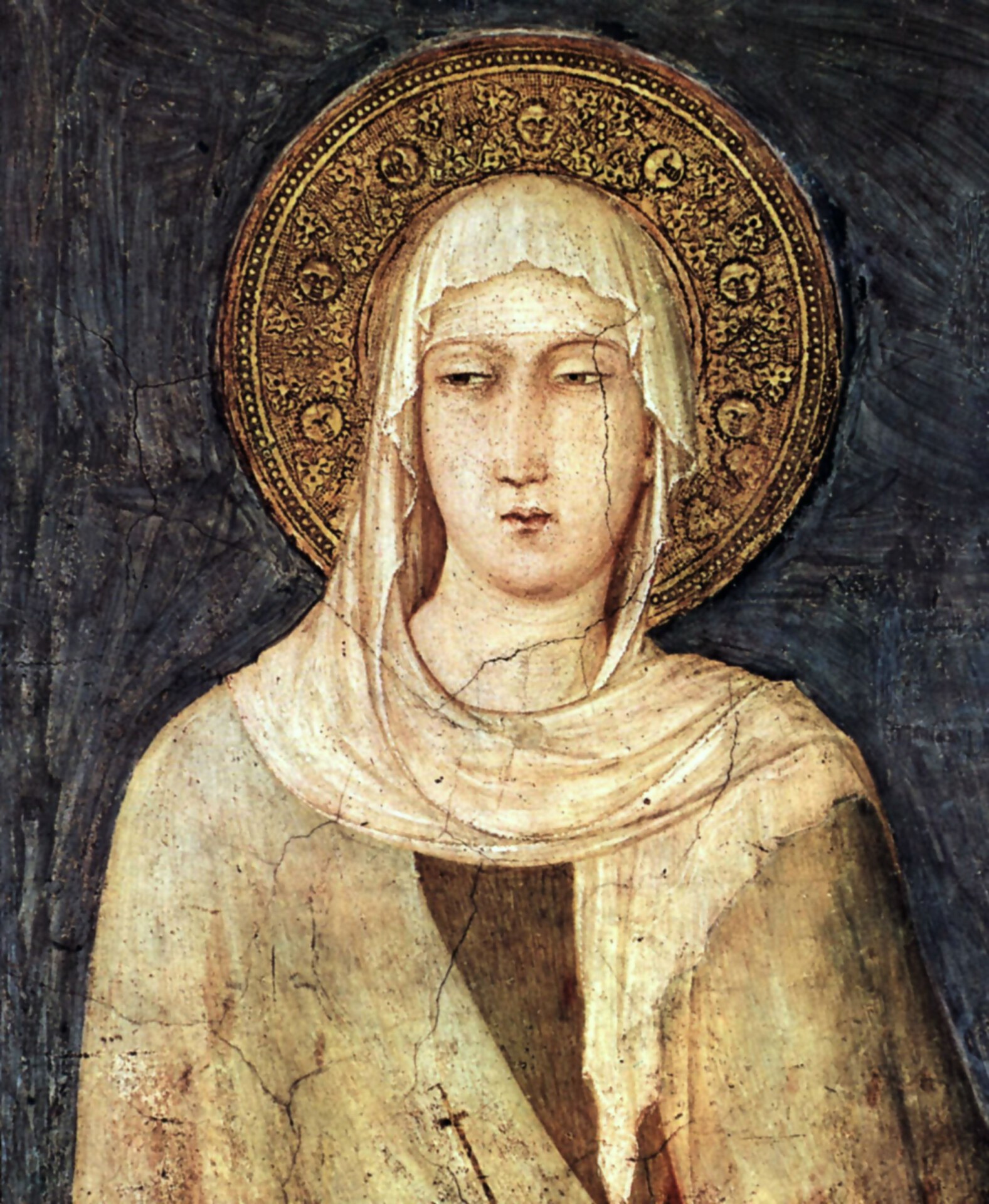
Unsurprisingly, given how old this technique is, there is no official word on the originator. St Clare of Assisi, however, is often given credit for the craft: a local, affluent woman who abandoned her wealthy family and a life of riches, St Clare joined St Francis of Assisi to pursue an austere existence dedicated to religion. She began her own order of nuns, becoming the first woman to write a set of monastic guidelines. (The Order of St Clare is still in existence today, though is now more commonly known as the Poor Clares.) Clare led an almost silent life of penance, manual labour and prayer, but did dabble in embroidery–in fact, she was very good at it, creating exquisite altar cloths for local churches. Beyond her many accolades, she’s also known as the patron saint of embroidery.
Befitting of St Clare’s ecclesial interests, Assisi embroidery lends itself well to religious purposes: the first forms were used to decorate vestments with birds and scrolls. Colours were bold–think vivid red, blues and greens. “The uniqueness is in the drawings, taken from the details of the paintings inside our churches, and by the empty design effect that characterises it,” explains Elisabetta Duti, who runs Assisi boutique Le Piccole Cose dedicated to the embroidery. “The original colours are blue and rust, the colours of St Francis and St Clare’s clothes or, as I often say to my clients, of heaven and earth.” By the 16th century, the craft had become more popular, but eventually fell into decline, perhaps as a result of oversaturation or new, more popular forms of embroidery. At the start of the 20th-century, the technique was revived by local women who refused to let this art form die. In 1902, the Laboratorio Ricreativo Festivo Femminile San Francesco di Assisi was created, offering workshops on Assisi embroidery, while also providing employment for impoverished local women. The organisation worked and the craft came back from the brink. Nearly 100 years later, the Academy of Punto Assisi was established, again seeking to promote and preserve local artisan needlework practices through courses, workshops and shows.
Throughout the craft’s long history, Assisi embroidery has given local women the opportunity and space to come together and create: even today, nonnas of this beautiful hilltop town gather outside shops and houses to talk and stitch. They sit on tatty rattan chairs and wooden stools in dappled sunlight, immersed in conversation, their hands deftly moving as they embroider pieces to be sold in neighbouring boutiques. Duti’s family workshop was founded in the 60s when her widowed grandmother–who was then raising a young daughter as a single parent–decided, with help from her friends, to pursue Assisi embroidery professionally. Duti’s mother later took the reins, finding it a space to express beauty and find calm amid her ailing health. In 2008, Duti opened her shop where she adapts ancient methods for a modern audience through contemporary colours, selling tablecloths, table runners, cushion covers, lampshades, napkins, book marks and jewellery. “Every day, I weave threads with patience and love into the world,” she said. “As a child, my room overlooked a flowery courtyard, where women naturally gathered to embroider. The echo of their voices and laughter still accompanies me now. Today, women gather in cultural associations trying to pass on ancient techniques, but this embroidery cannot be reduced to a technique. It is a union of heaven and earth, body and spirit.”
